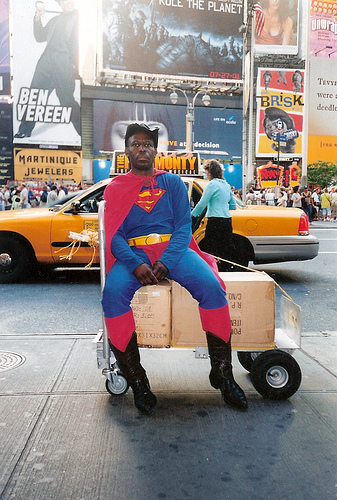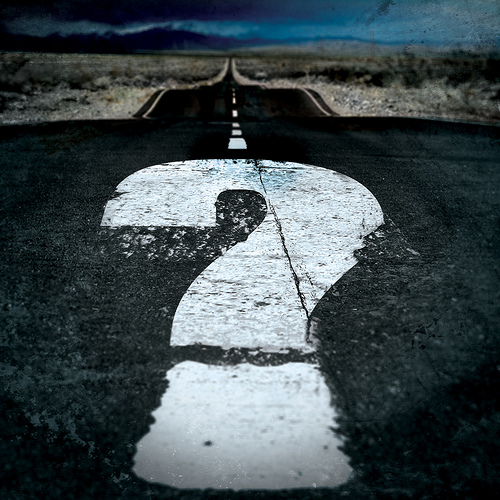The Defining of a Scene
While we’re on this multi-monthlong discussion of all the essential elements needed in your first few pages, I want to take a little break to insert some thoughts about scene structure. I can attest that the biggest flaw I see in the manuscripts that I critique and edit is poor scene structure. I don’t think many writers have fully explored the topic to the extent that they plan out a scene with enough understanding and craft tools to be able to really make each scene the most powerful and effective that it can be. Often scenes seem to be thrown together, starting in a place and in a manner that really doesn’t work. And so, since each scene is like a mini novel (or should be), I want to talk a bit about them, and particularly about scene beginnings, since they parallel your novel beginning in many ways.
How Would You Define a Scene?
If someone asked you to define what a scene is, what would you say? If you think about it, it’s not easy to define. We tend to know when a scene works and when it doesn’t. Here are some elements that make up a scene that I’ve found in books on scene writing:
- The sum of myriad elements that work together [hmm, that’s a bit vague]
- It starts and ends with a character arriving and leaving [sometimes, but not often]
- It can be a single location with many people coming and going
- It gives the sensation that a character is “trapped” in this moment and must go through it
I’m not all that ecstatic about these points. They don’t really tell what a scene is. I mentioned in an earlier post that I like how Jordan Rosenfeld defines a scene in her book Make a Scene: “Scenes are capsules in which compelling characters undertake significant actions in a vivid and memorable way that allows the events to feel as though they are happening in real time.”
What Is Real Time?
Well, it’s not back story. I already gave my lengthy post about leaving backstory out of your story, so let’s focus on this concept of “real time.” Too many manuscripts start off with either pages of narrative to set up the book or start with maybe a catchy (or not) first paragraph or two that puts the protagonist right in a scene in real time—meaning they are experiencing something that, for them, is happening right then. Not a memory, not a flashback, not even them thinking about what is happening to them right now. But after these short moments of establishing the character in a “happening” scene, the author lapses into telling the reader important things they should know [read: back story]. Even if you are going to go heavily into your character’s head, you need that character to be doing it “here and now” in some sort of “capsule” (as Rosenfeld says) that is unfolding in the moment. It’s not all that complicated, but writers really need to resist the urge to stop the moment or veer off elsewhere.
Be Here Now
So, if you’ve pulled on your reins and disciplined yourself to construct that opening scene with your protagonist in a moment in real time, you now have the structure to show that character undertaking significant actions in a vivid and memorable way. By now you have your themes and MDQs all worked out, and you’ve figured out how to hint at these, along with showing your character’s glimpse of greatness and core need. You’ve set up their persona that they show to the world, and you’ve hinted at their true essence underneath.
Are you starting to feel a bit overwhelmed? You just might be. Not a whole lot of authors can whip up a first scene intuitively and off the cuff that contains every little element needed. And that’s why first page checklist is really helpful. Once you rough in that first scene, go through and make sure you’ve got all the bases covered. Which begs the question . . .
Just How Long Should a Scene Be?
I’ve actually read articles and book chapters that suggest certain numbers of pages, and it’s not that formulaic. Genre can be a factor, since a fast-action thriller may have short, terse chapters whereas a thoughtful literary work may have long ones. The real answer, which may not be so helpful, is that a scene should be as long as it needs to be (the same is true for a novel’s length). You determine the length of the scene by writing it and making sure it reaches its objective. And once it’s done that, it should end. And next week I’ll go more into that “objective,” because it is the key point to constructing scenes.
This week, look at some great scenes in your favorite novels. Jot down how the scene opens, how long it is, where it ends, and note if the character is in an encapsulated moment that unfolds in real time and that reveals something significant. Great scenes will do just that. Feel free to share in the comments!












Thanks for sharing this useful information. I like the idea of having a checklist. It’s so easy to forget things when pulling a scene together. … I thought you’d like to know that Jordan Rosenfeld is a woman. Laura McHale Holland
Thanks for telling me this! I will change the pronoun!
I would like to thank you for the inspiration that you have given me. I have to admit, seeing your photo full of light, energy and beauty and then reading your positive forum has gotten me to pull myself out of this “Writer’s Rut*” I’m in.
I can’t stop writing, I’ve even taken notes in the bathroom using toilet paper. Thank you for whatever it is that you’ve done to me.
Thank you.
* Writers Rut: Similiar to Writers Block, but instead of not being able to write, you write crap.
Excellent advice!
A scene is the development, through dialogue & action, of a complete idea that moves your plot along toward the planned conclusion. Examples: You reveal that Emma is pregnant. Or, the car they used that night wasn’t theirs, or Dad is pissing blood and hiding it from the family.
Have the characters do enough and say enough to establish the complete idea in the statement. Then move along.
I have so much work to do this year regarding writing my first fiction chick lit novel. Thanks for keeping my nose to the grindstone! 😉
Where were you when I spent literally years struggling with that opening scene?
Checking against yuour checklist, I got it right, but I sure did it the hard way.
Go Girl, Go
Allen
Thanks for this, it gives some good reminders that can be applied to not just opening scenes, but any scene. I agree that scenes should be a place for conflict and subtext, but I’ll also argue the importance of summary (with careful insertion of backstory).